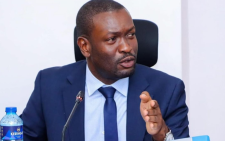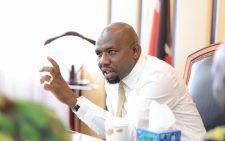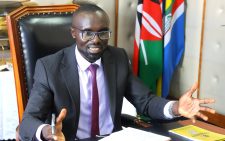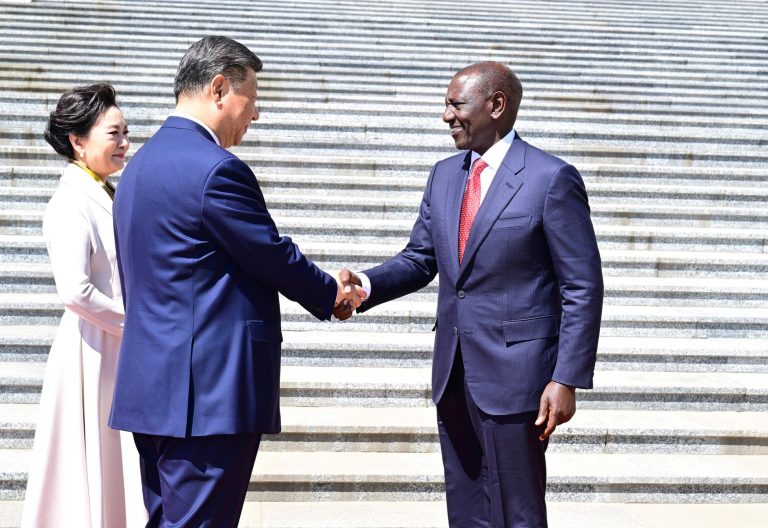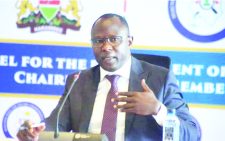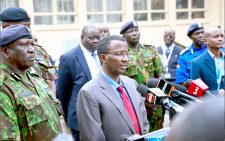Building trust to revitalise ailing sugar sector
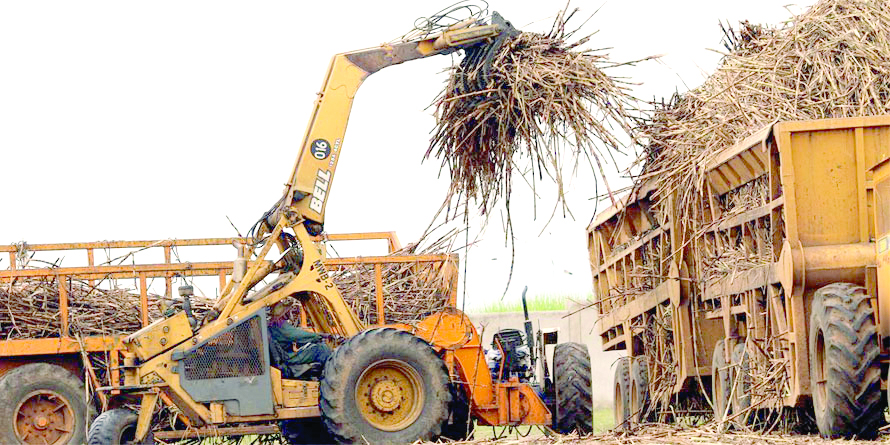
The recently concluded second sugar industry innovation symposium in Kisumu County, which focused on achieving self-sufficiency, brought to light a significant disconnect among stakeholders.
However, it is evident that for the sugar sector to effectively tackle the challenges of climate change, strategic collaboration and partnerships are crucial.
Drawing from Kate Raworth’s principles in “Doughnut Economics,” emphasising a healthy hierarchy, self-organisation, and resilience is paramount for developing a thriving society and resilient economy.
These principles align with system thinking, and when applied to the sugar sector, every individual and organisation must act in ways that promote the holistic and effective functioning of the industry.
Millers perceive the government as hindering their progress, farmers feel betrayed by both millers and the government, while some government representatives believe farmers and millers are not doing enough to revitalise the industry.
Despite these differences, all stakeholders agree that the sugar sector is under threat from the existential climate crisis. Finding common ground on this issue could be a starting point for collaboration.
As a speaker at the symposium tasked with sharing insights on enhancing climate change adaptation and mitigation, I used the analogy of the elephant and the visually impaired persons from John Godfrey Saxe’s poem to anchor my speech.
My goal was to help delegates visualise their roles within the climate space and understand the interconnectedness of their actions within the sugar industry.
It is crucial for farmers, the last line of defense against climate change, to adopt strategies enhancing their adaptability. Millers must commit to supporting farmers by paying them promptly, and the true cost of sugarcane farming must be established to address the feeling of exploitation among farmers, hindering the transformation of the sugar sector.
On this note, millers were encouraged to consider revenue gained from by-products of the sugar process, such as bagasse and its derivatives like ethanol, to enhance payment to farmers.
Both national and county governments must play a proactive role in revitalising the sugar sector, ensuring that institutions work for all stakeholders. Small acts, when combined, can drive the transformation positively.
For example, supporting irrigation systems is a low-regret policy direction that addresses multiple challenges, including food insecurity and access to water and sanitation. Projects addressing multiple challenges could mean the optimisation of resources.
Meaningful public participation, as outlined in the Constitution of Kenya 2010, is essential for engaging the farmers and other local stakeholders in the development of projects like irrigation systems. This approach ensures resilience and ownership of the process.
Soil testing within the sugar belt regions and to a large extent all agro-ecological zones is crucial to determine the health status of the soil. This information, when coupled with digital soil testing tool kits operated by young people, can engage them in the agri-food system.
This will help change the mindset and attract youths to be involved in the agri-food sector. Furthermore, knowing the soil status allows for targeted fertilizer application, promoting sustainability and reducing pollution.
Diversifying crops among sugarcane farmers emerged as a viable pathway to building resilience. Intercropping sugarcane with groundnuts or beans aids soil regeneration. However, efforts from counties to encourage extension services and farmers embracing digital extension services are essential for the success of this strategy.
— The writer is a climate change and food system communication consultant
